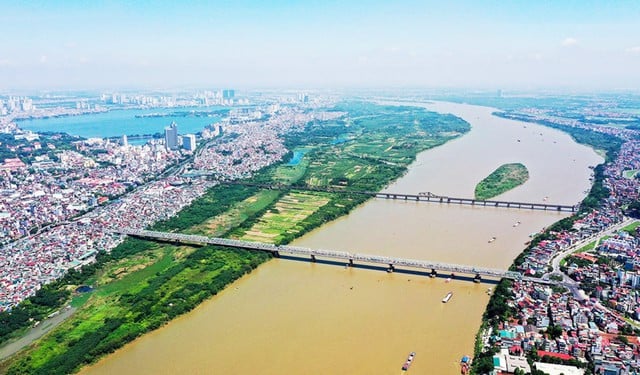
By 2050, the Red River Delta will be a modern, civilized, ecological, high-income developed region; a major economic and financial center of regional and world stature.
The Red River Delta is a particularly important strategic area and the leading driving force for development.
The development perspective of the Red River Delta is a particularly important strategic area, a leading development driving force, playing a leading role in the process of restructuring the economy and transforming the country's growth model to create a breakthrough in rapid and sustainable development. Regional development must promote the role and effectively exploit the strengths of geopolitics, geo-economics, natural conditions and cultural and historical values; economic corridors, belts, growth poles, economic centers, and urban systems.
Regional economic development and restructuring must rely on science and technology, innovation, and digital transformation to improve productivity, quality, efficiency, and competitiveness of the region; must effectively promote the effectiveness of science and technology research centers and leading national innovation centers to transform the growth model towards modern industry and services, high-tech, organic, green, and circular agriculture, ensuring that the region develops in a modern, civilized, and ecological manner, leading the country.
Develop a synchronous and modern infrastructure system, ensuring a reasonable, effective, unified spatial organization, intra-regional, inter-regional, regional and international connectivity, maximizing the advantages of the region and the spillover effects of dynamic regions, growth poles, economic corridors and international ports.
By 2050, the Red River Delta will be a modern, civilized, ecological, high-income development region; a major economic and financial center of regional and world stature; the country's leading center for culture, education - training, science - technology, innovation, digital economy, digital society, health and people's health care. Industries will develop with modern technology, product quality meeting international standards, deeply participating in the global value chain, developing new industrial industries and products, high technology and being proactive in research, design and manufacturing. Forming large regional and world-class service centers for trade, tourism, finance and logistics in Hanoi, Hai Phong and Quang Ninh. Developing modern, highly efficient agriculture. Developing the regional urban system in a green, smart, sustainable and climate change-adaptive direction, with synchronous and modern infrastructure, high urban environment and quality of life, and a worthy role and position in the Asia-Pacific urban network. The capital Hanoi becomes a globally connected city; the economy, culture and society develop comprehensively, uniquely and harmoniously, representing the whole country; on par with the capitals of developed countries in the region and the world.
Strive for average GRDP of about 9.0 - 9.5%/year
The Red River Delta region strives to achieve the following targets in the planning period to 2030:
The average growth rate of gross regional domestic product (GRDP) is about 9.0 - 9.5%/year; GRDP per capita at current prices by 2030 will reach about 11,000 - 12,000 USD/person.
The proportion of the service sector in GRDP is about 41%; industry - construction is about 47%; agriculture, forestry and fishery is about 3.5% of GRDP; product taxes minus subsidies account for about 8.5% of GRDP; digital economy is about 35% of GRDP.
The rate of enterprises with innovative activities accounts for 50% of the total number of operating enterprises; The rate of social labor productivity growth reaches over 7.0%/year. The urbanization rate reaches over 55%. The average floor area of housing per capita in urban areas is about 32 - 33 m2 .
The rate of trained workers with degrees and certificates is 48 - 52%. The unemployment rate in urban areas remains below 3%; 100% of communes meet new rural standards.
Synchronous and modern infrastructure, completing the North-South expressway in the East passing through the region, connecting roads, beltways of the Hanoi capital region, coastal roads. Expanding Noi Bai International Airport, completing the infrastructure of Hai Phong and Quang Ninh seaports. Completing and putting into operation urban railway lines in Hanoi.
Organize socio-economic activities into 02 sub-regions: North of the Red River and South of the Red River
According to the newly approved planning, the socio-economic activities of the region are organized into 02 sub-regions (North of the Red River and South of the Red River) with 01 national dynamic region (including Hanoi city and district-level areas along National Highway 5 and National Highway 18 through the provinces of Bac Ninh, Hung Yen, Hai Duong, Hai Phong city and Quang Ninh province), 04 growth poles (including Hanoi capital, Bac Ninh, Quang Ninh, Hai Phong) and 05 economic corridors (02 international connection corridors; 03 regional connection corridors).
The Northern sub-region includes 7 provinces and cities: Hanoi, Hai Phong, Quang Ninh, Hai Duong, Hung Yen, Bac Ninh and Vinh Phuc. The development of the Northern sub-region is closely linked to the development of the Hanoi capital region.
Focus on developing high-tech industry, processing and manufacturing industries with high added value, especially mechatronics, semiconductors, digital technology products, artificial intelligence, and robot manufacturing. Develop services, trade, finance - banking, transportation - logistics, and international tourism; lead the country in education and training, science - technology and innovation, culture and sports, health care and public health care. Ensure close links between economic development and environmental protection, security and social order, and firmly consolidate national defense.
The Southern sub-region includes 4 provinces of Thai Binh, Nam Dinh, Ha Nam and Ninh Binh: Developing coastal economic zones and industrial parks to create momentum to promote strong economic restructuring; developing high-tech, organic and circular agriculture; agricultural preservation and processing industry, supporting industry, renewable energy, clean energy; developing eco-tourism, resorts, cultural and spiritual tourism associated with environmental protection; developing a number of service sectors such as transportation, warehousing and especially tourism services connecting with the North Central sub-region. Protecting the coastal ecological environment and aquatic and marine resources; protecting and developing the coastal protection forest ecosystem.
Source


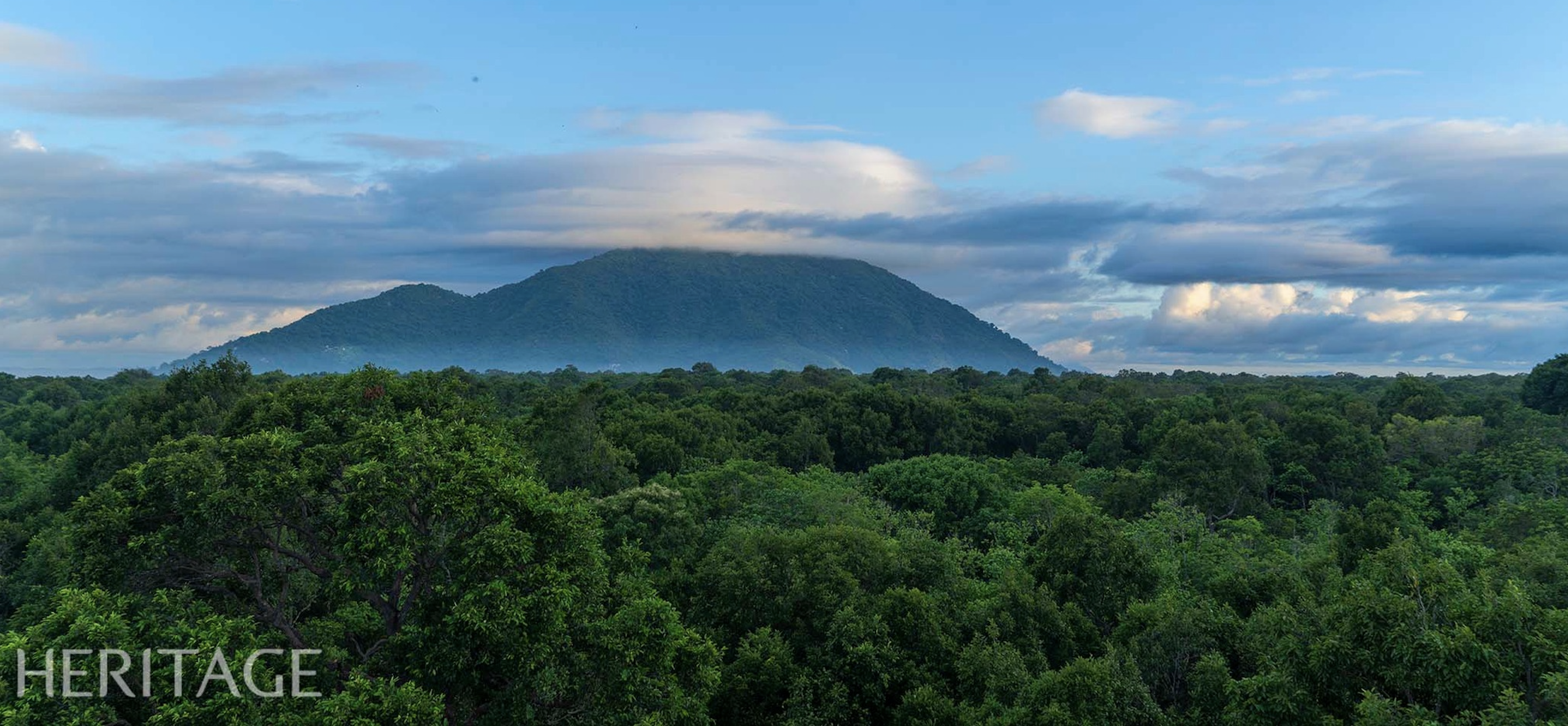
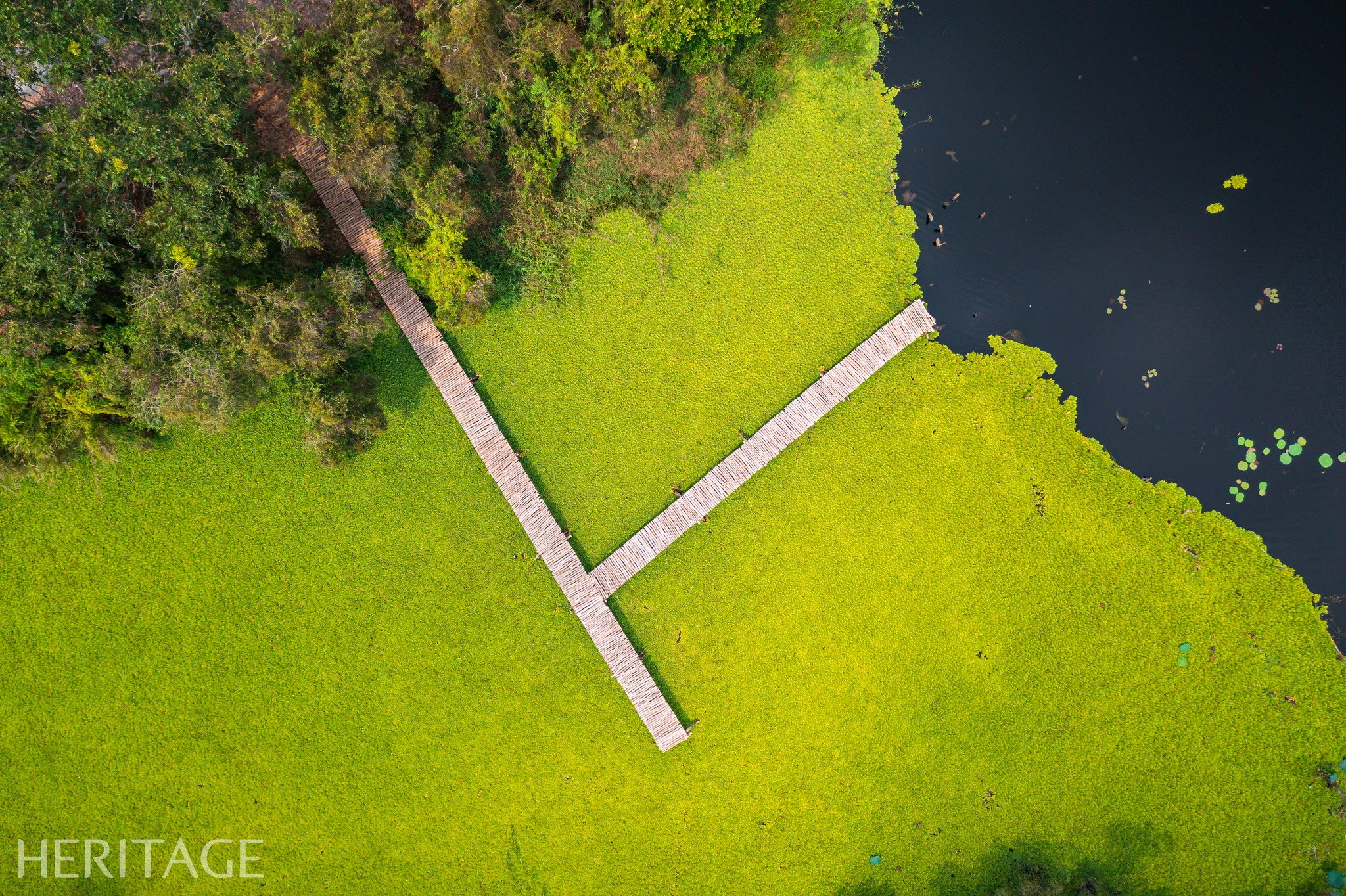
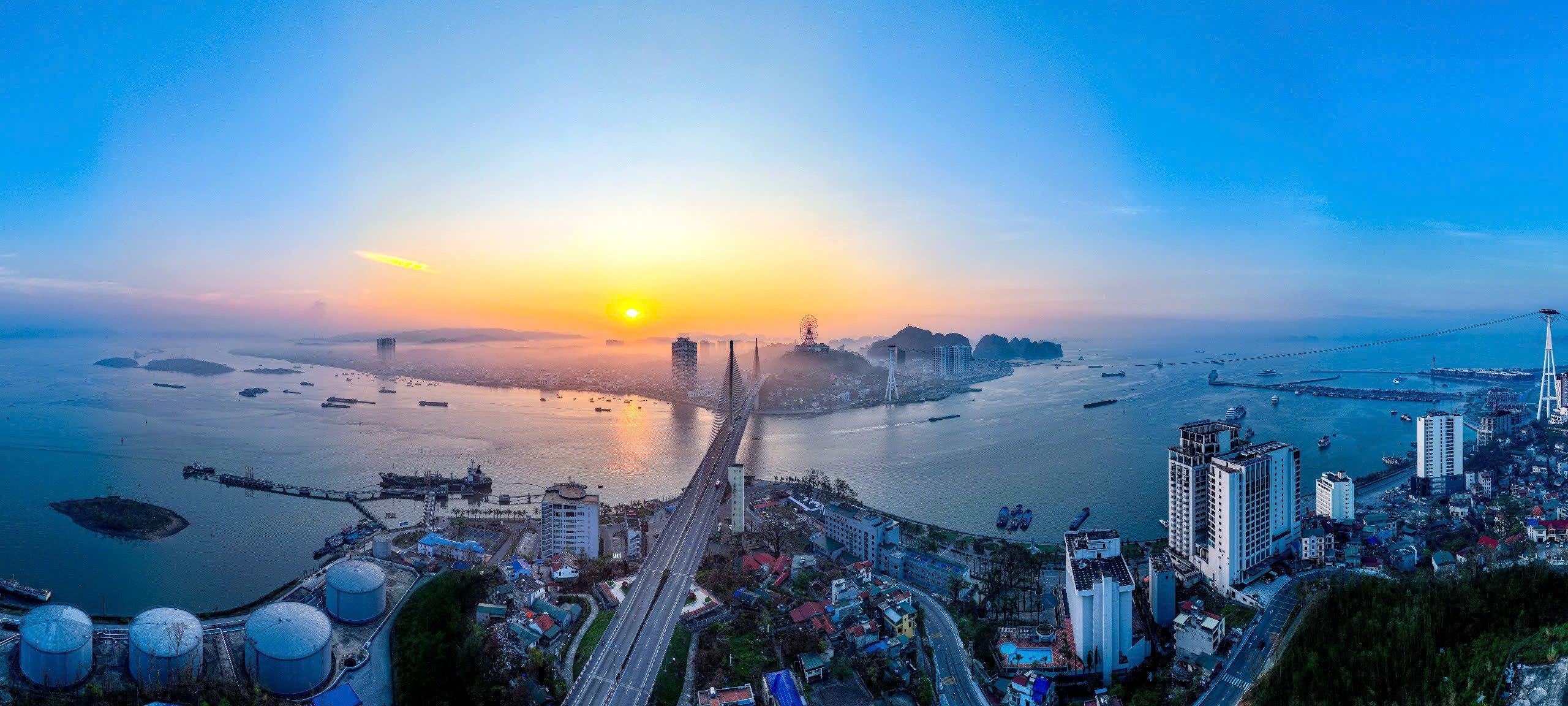
![[Photo] Thousands of Buddhists wait to worship Buddha's relics in Binh Chanh district](https://vstatic.vietnam.vn/vietnam/resource/IMAGE/2025/5/3/e25a3fc76a6b41a5ac5ddb93627f4a7a)

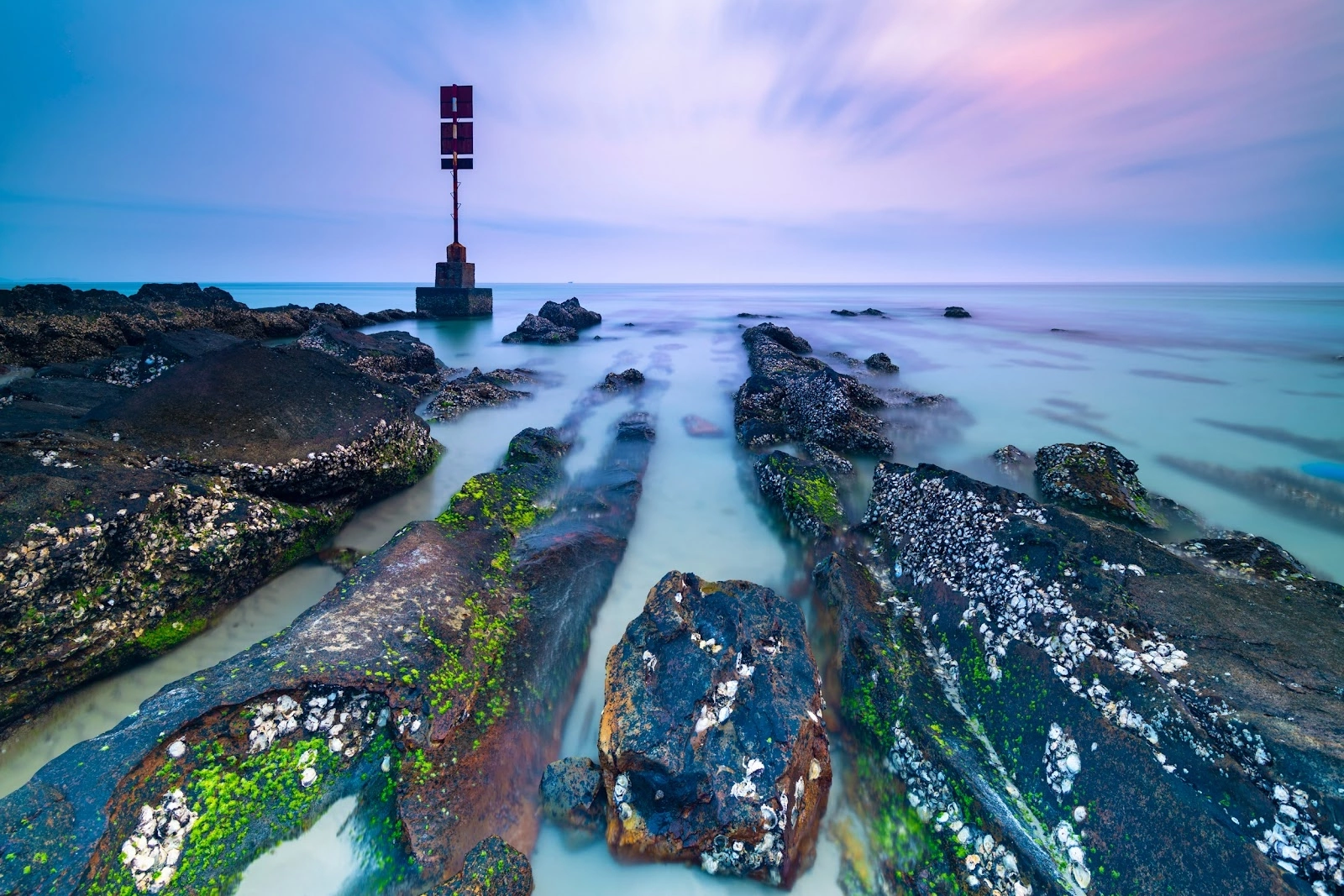
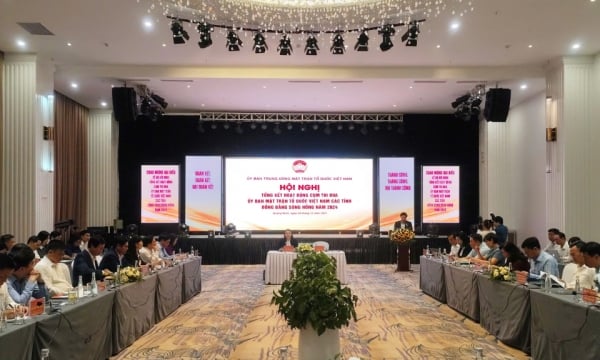
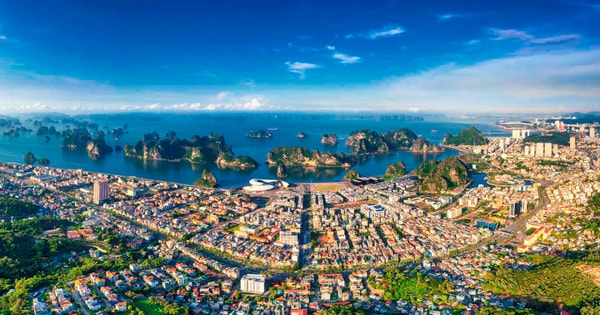

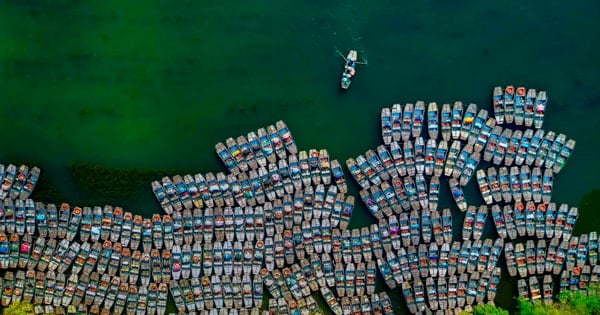
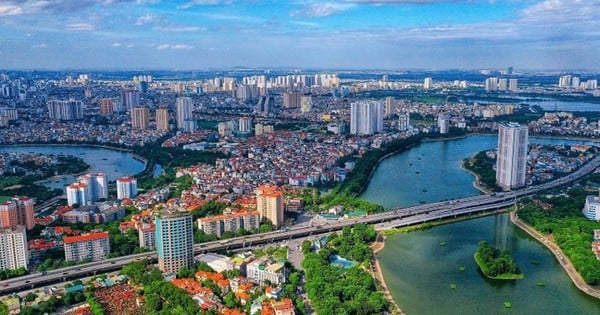
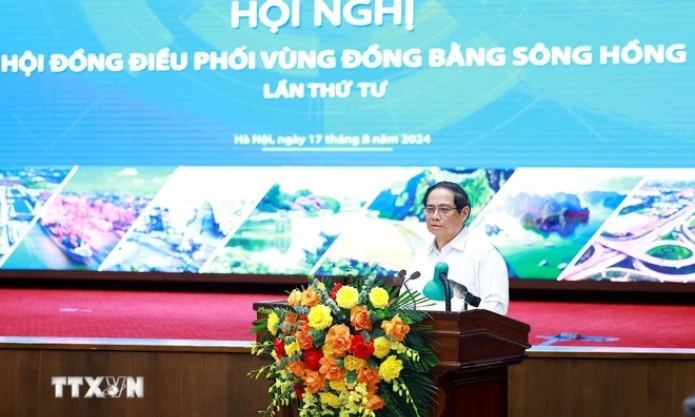
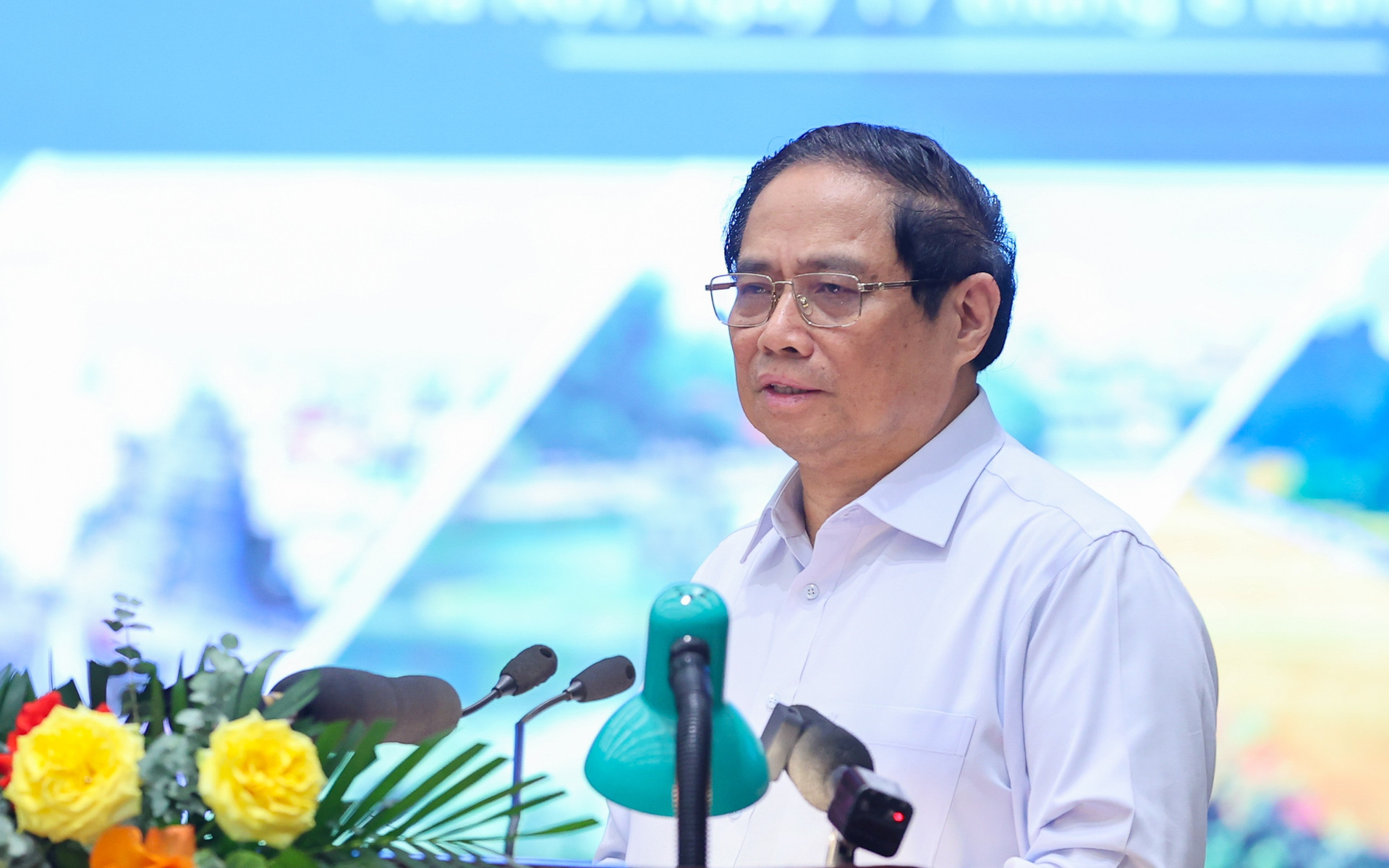
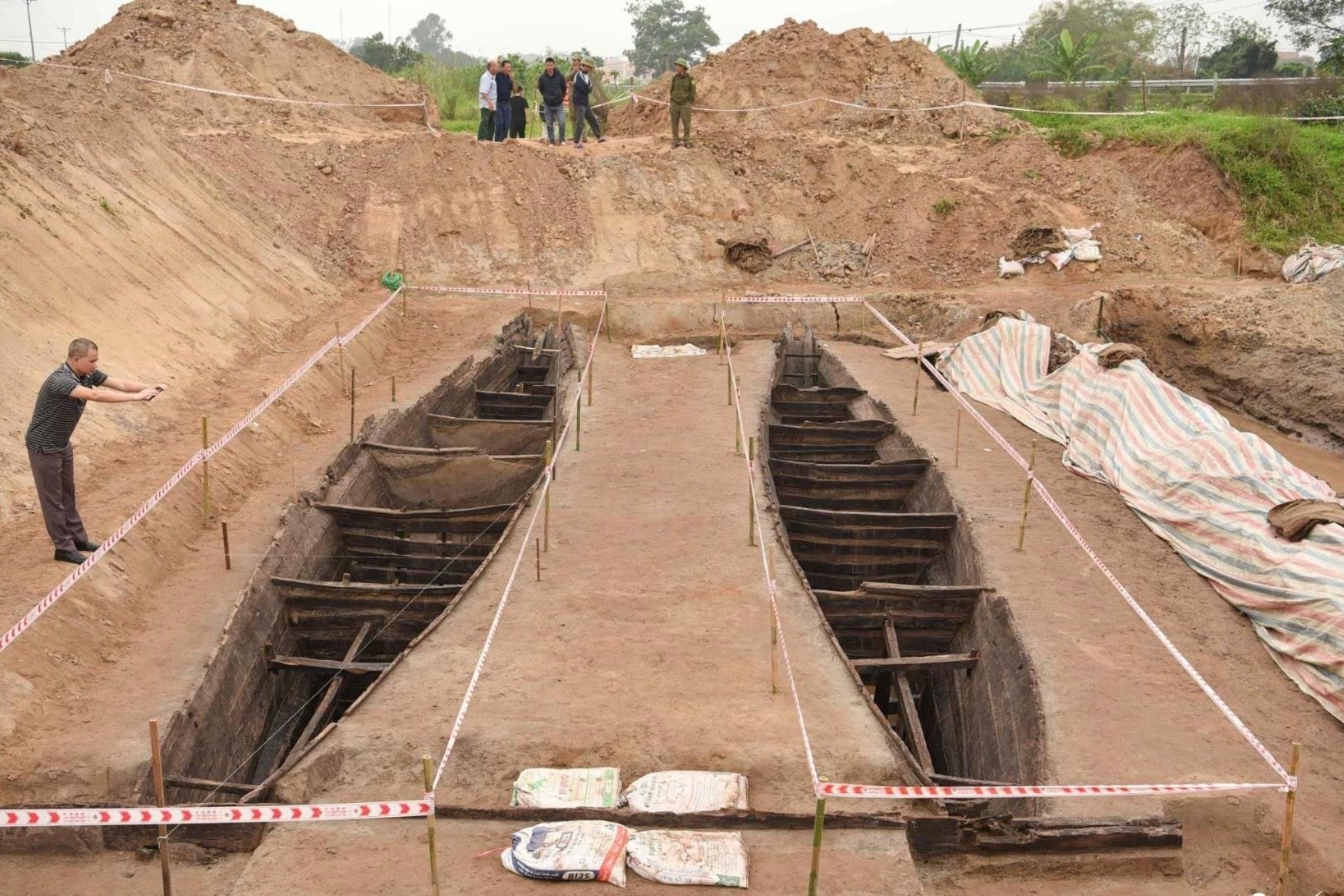
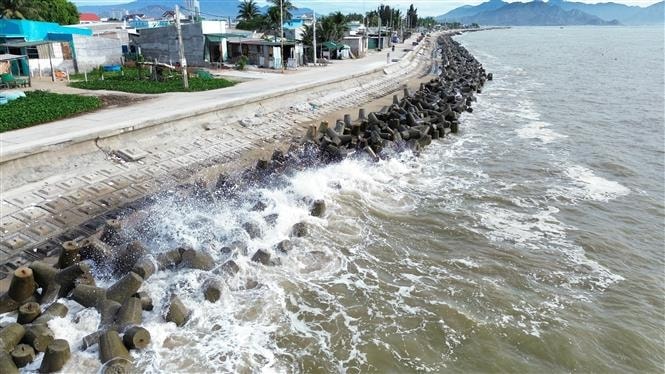
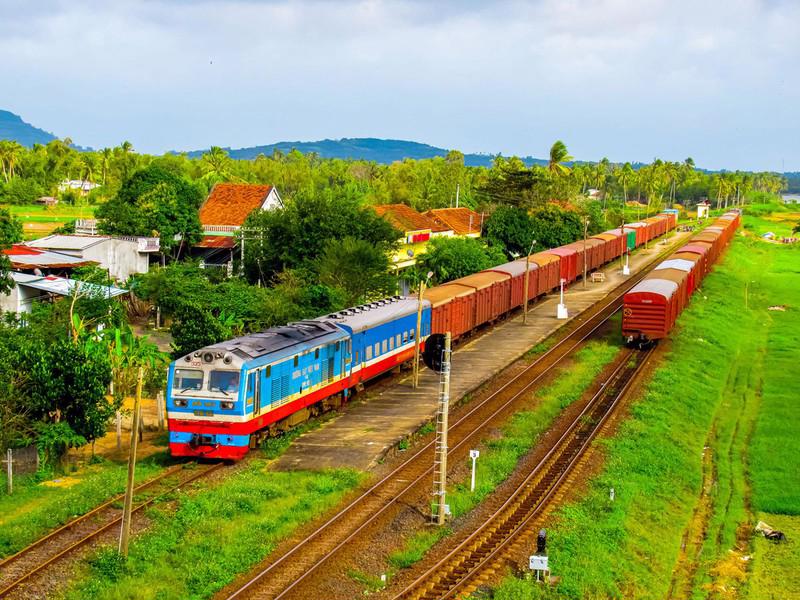
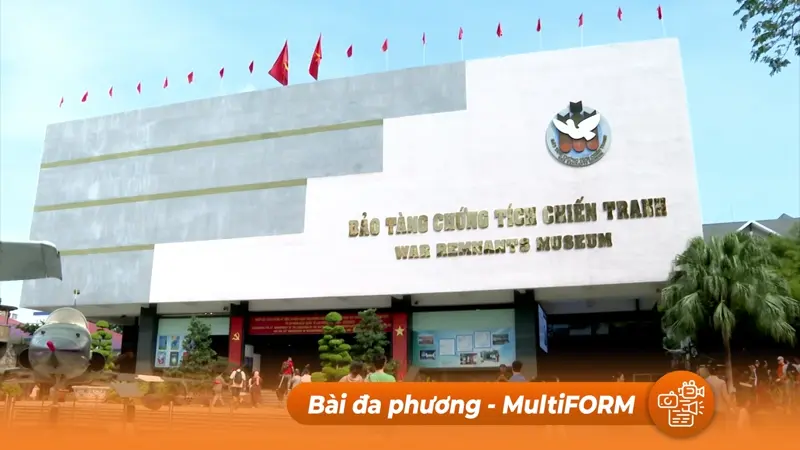

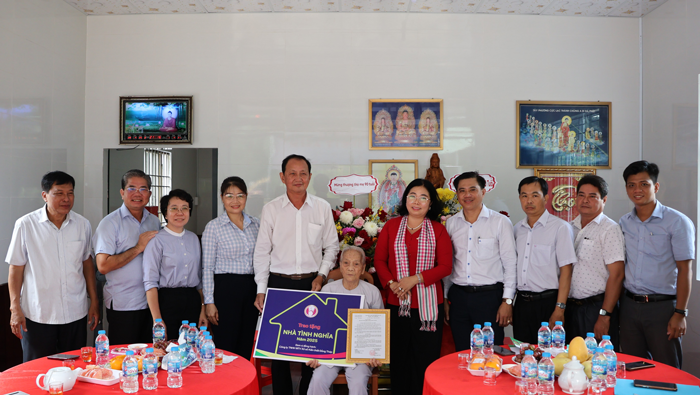
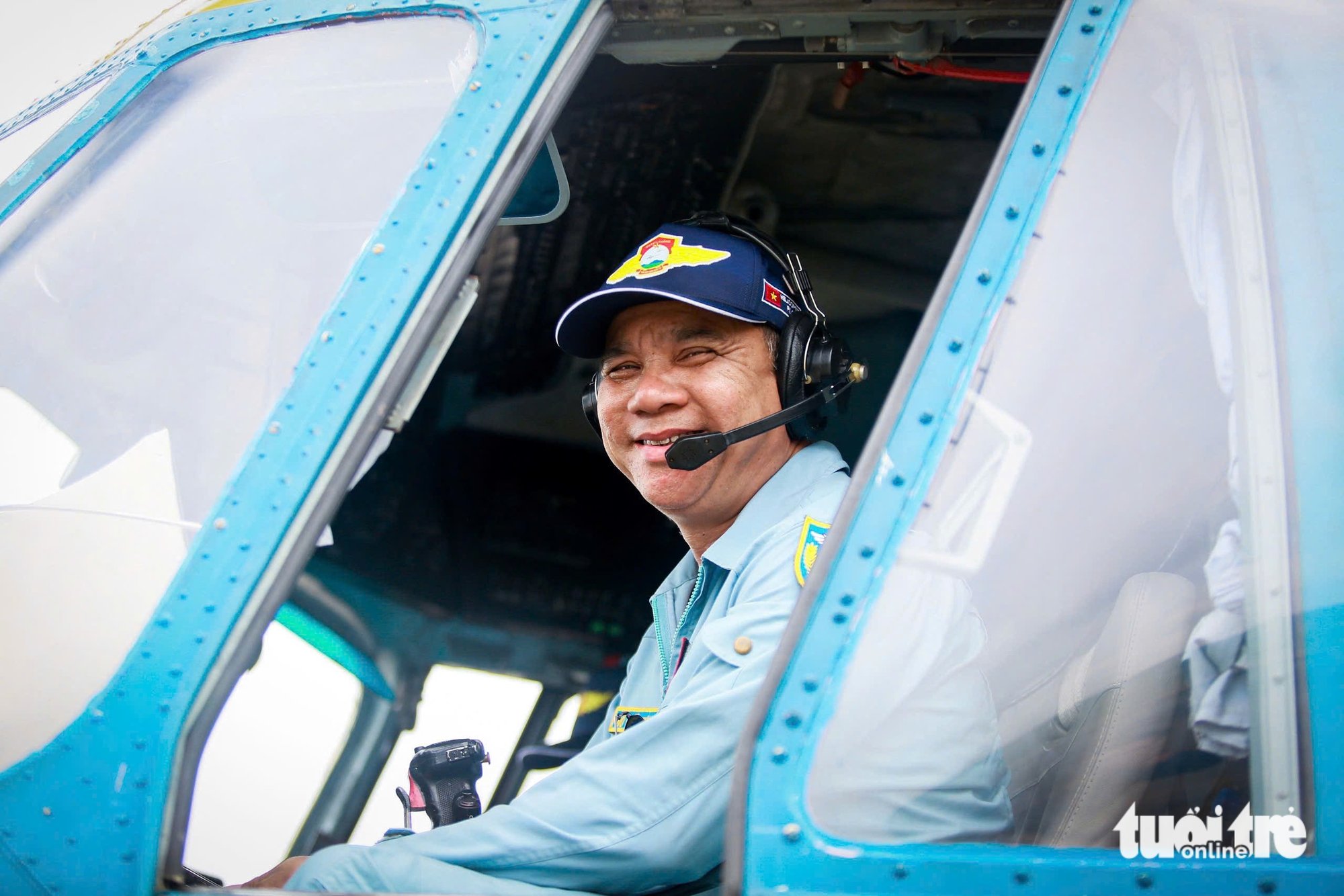
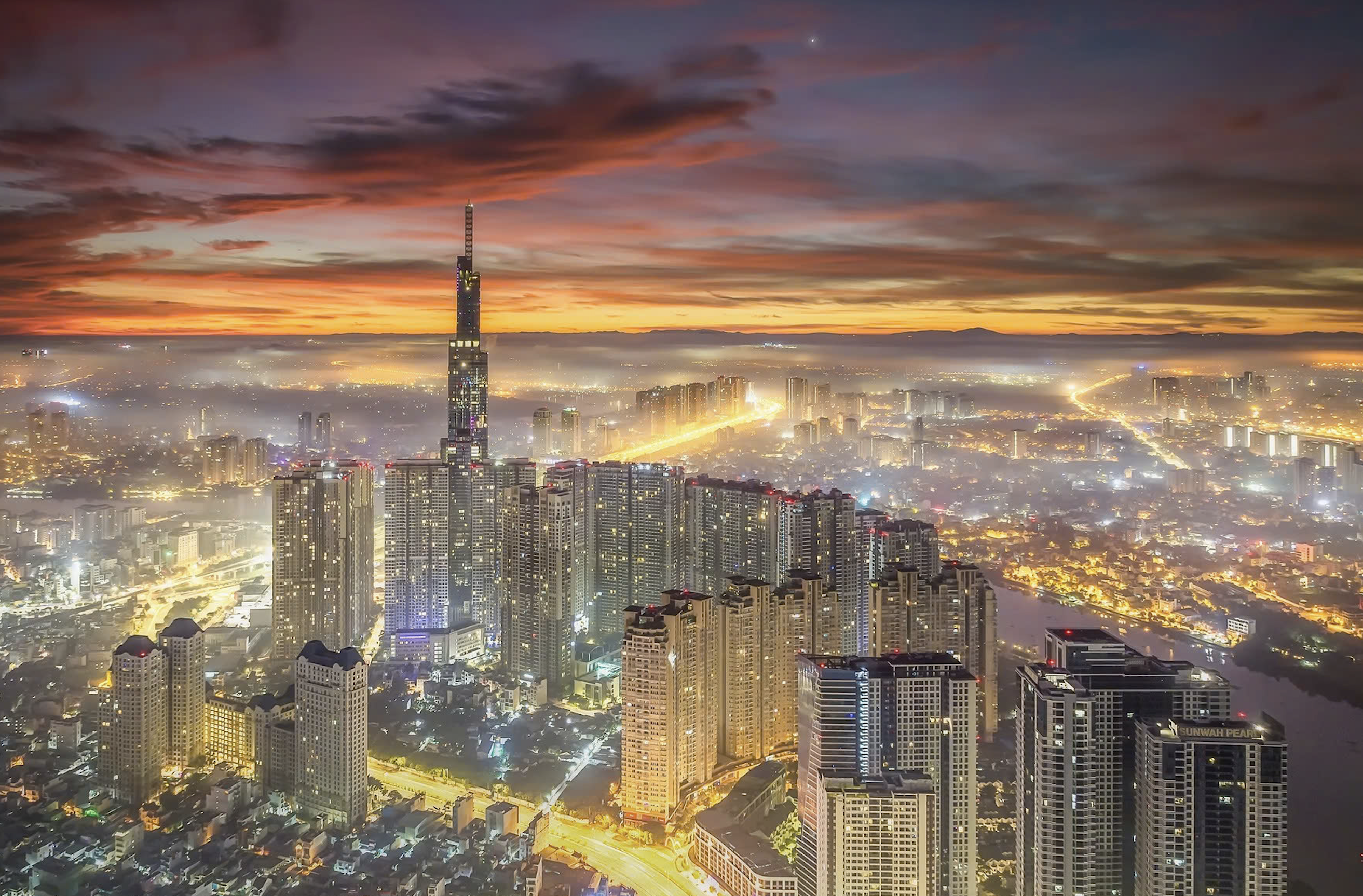
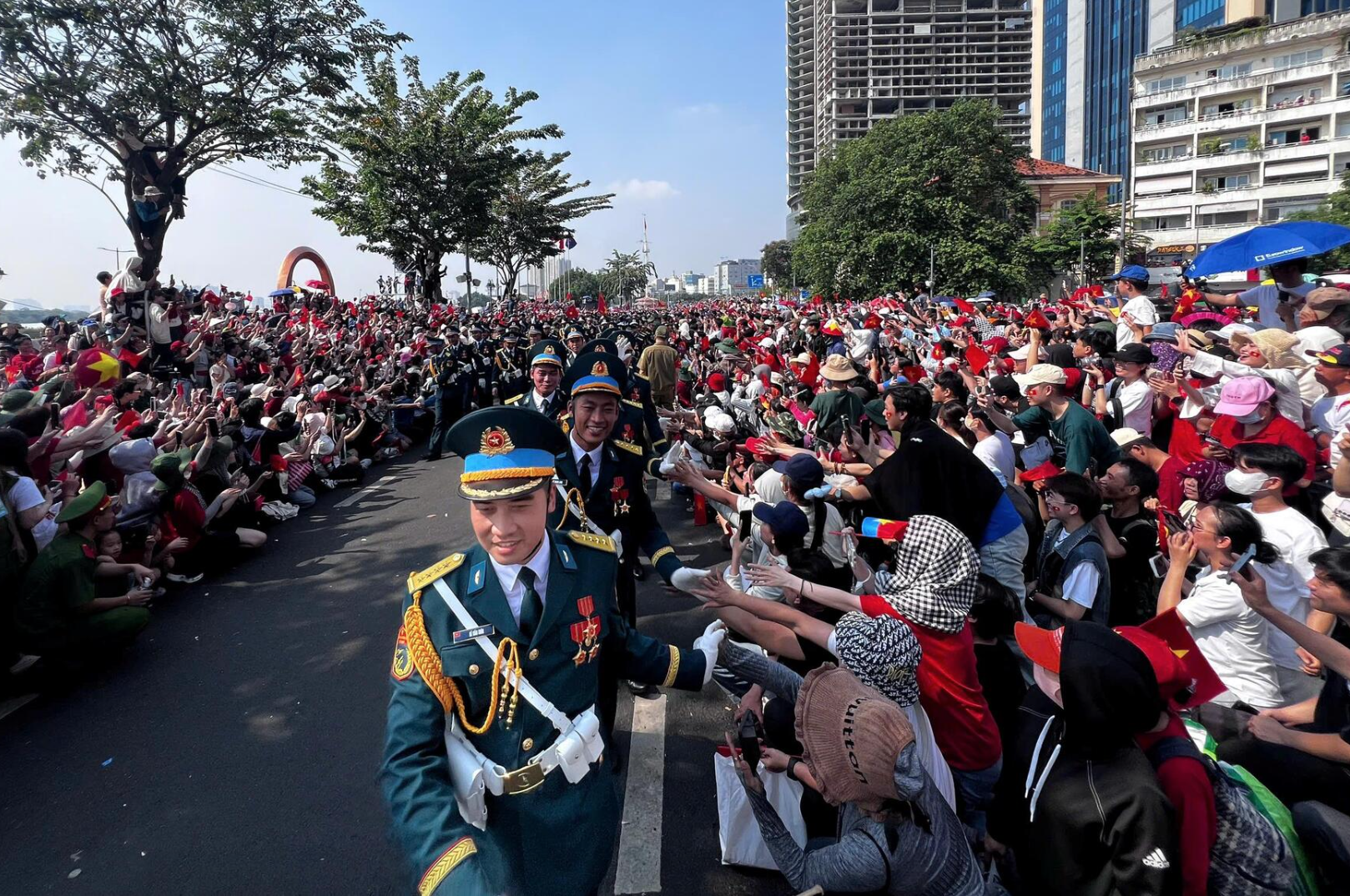
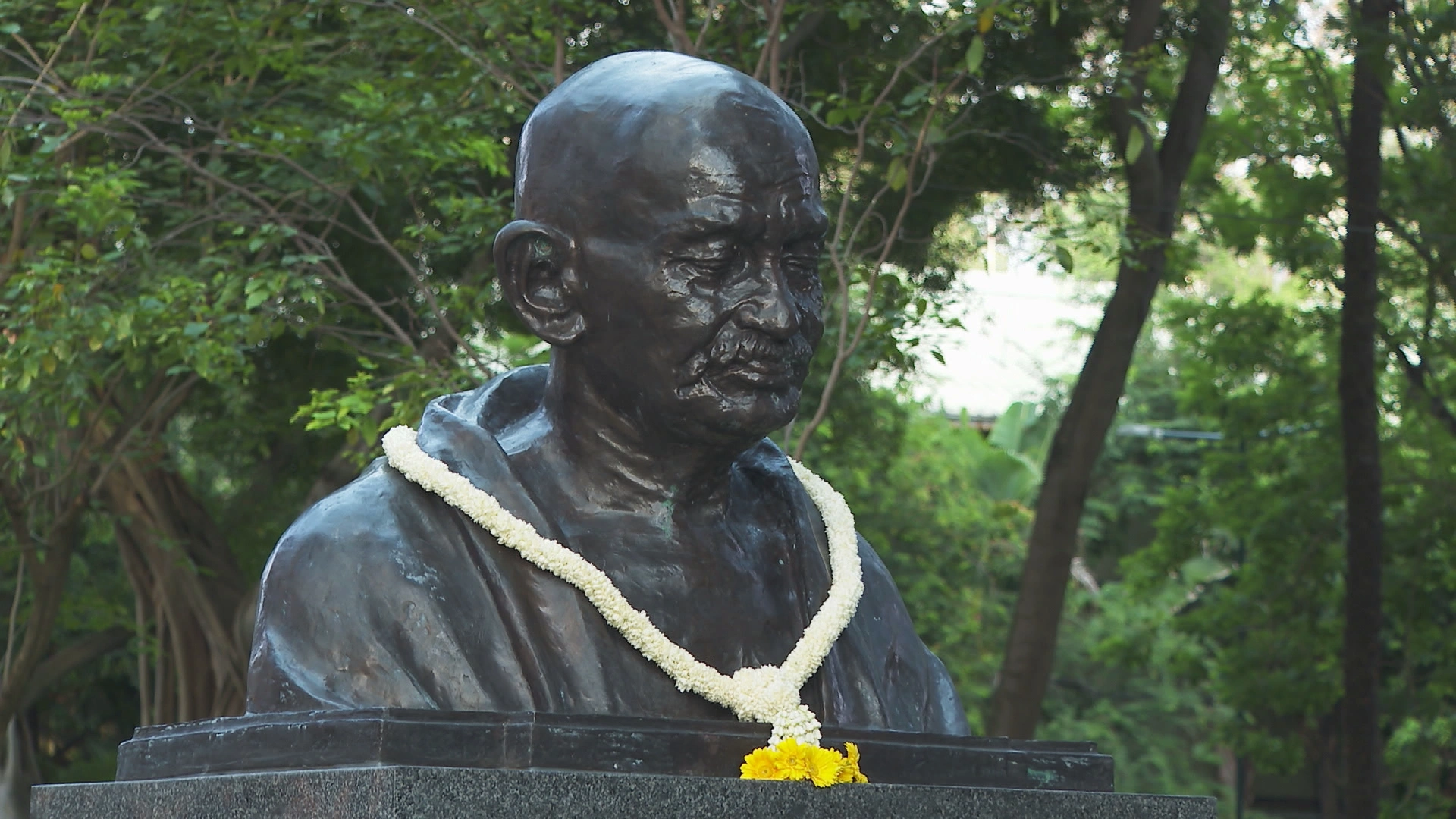
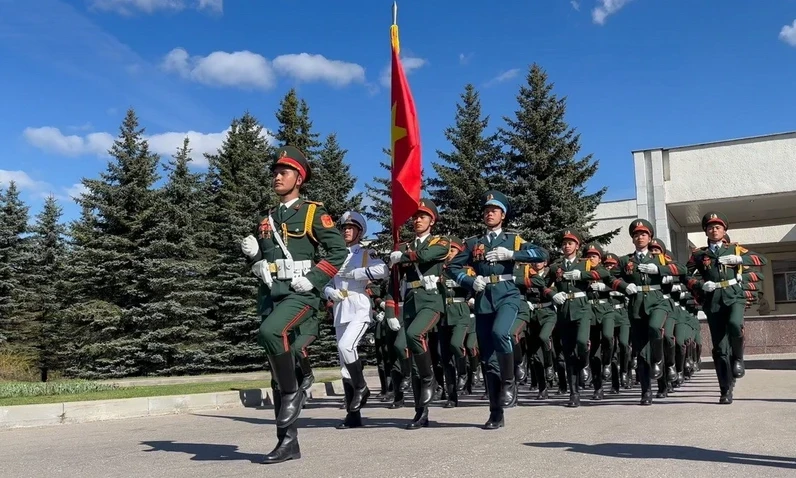
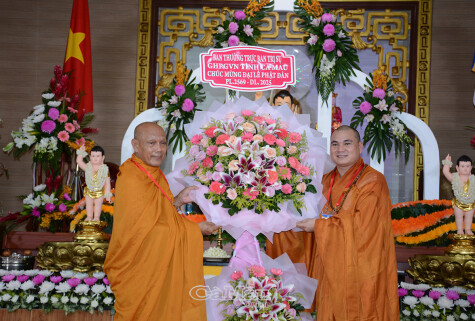
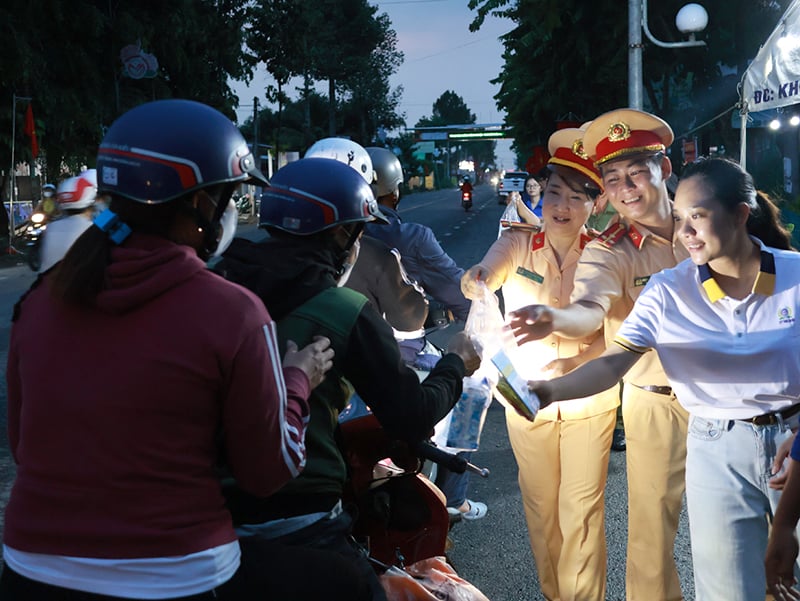

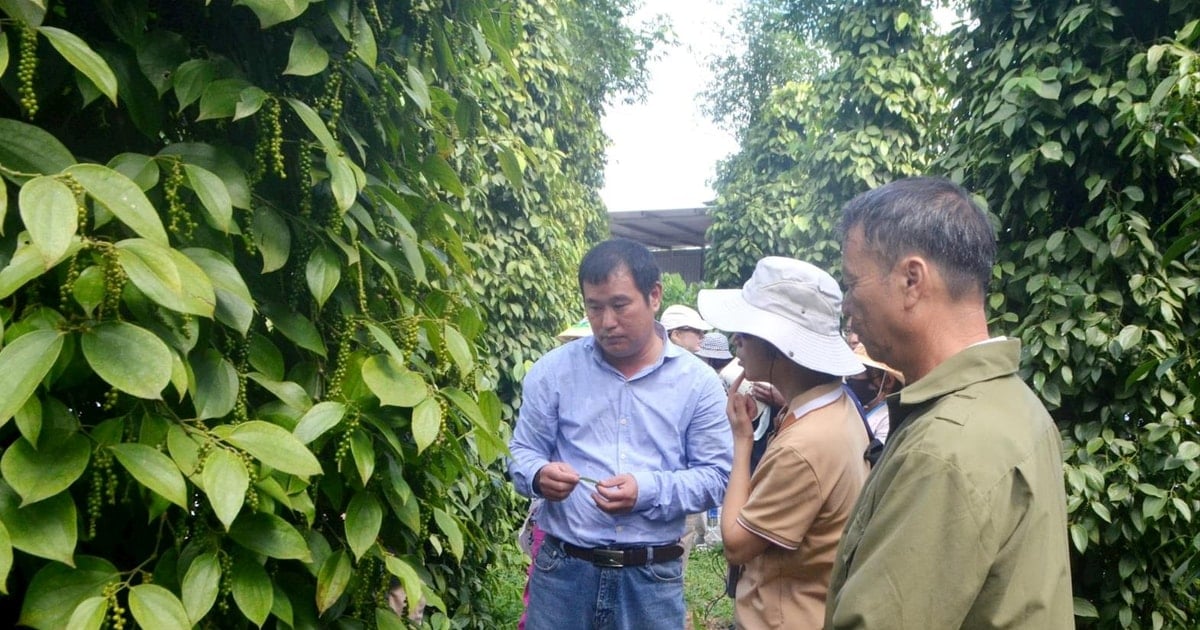
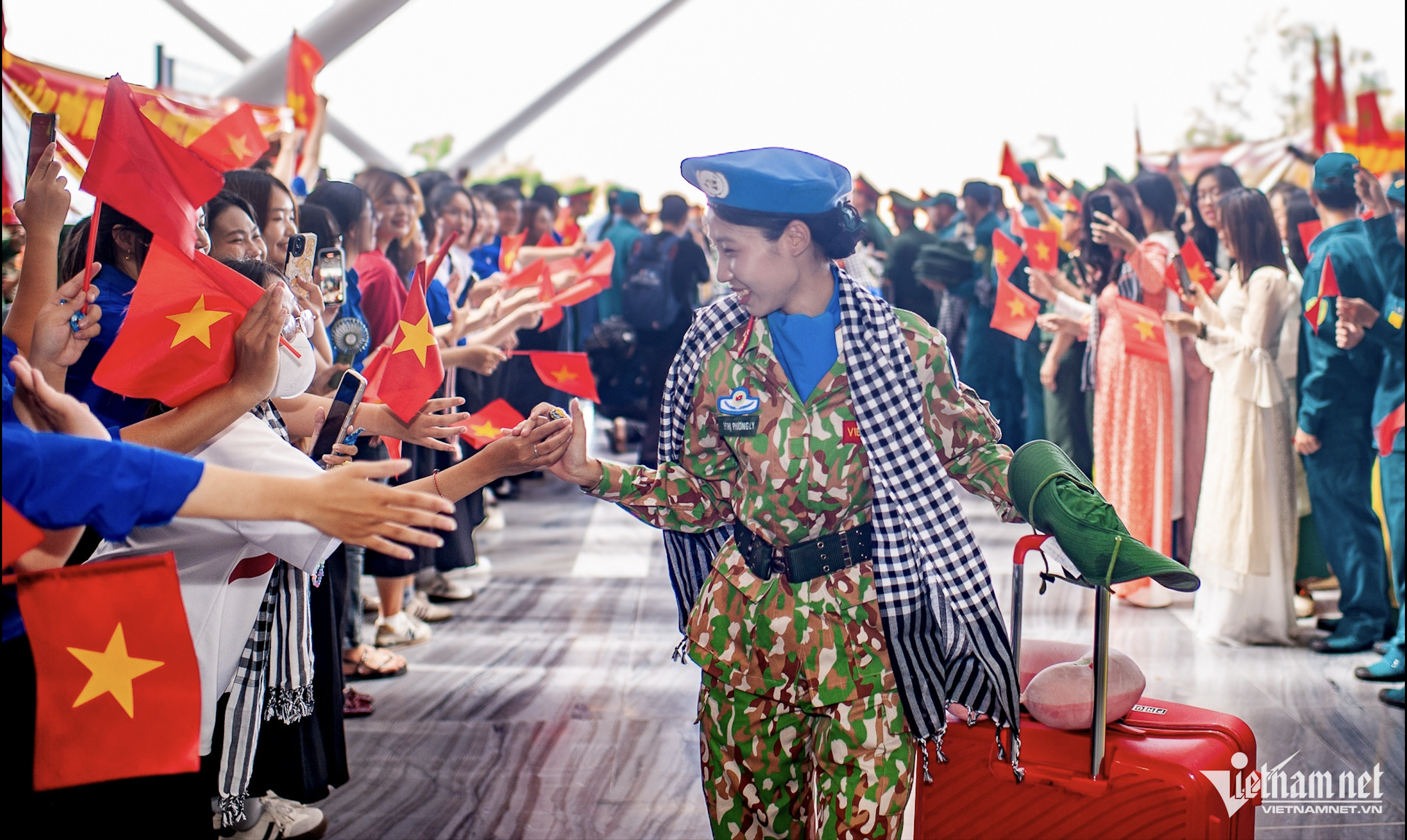
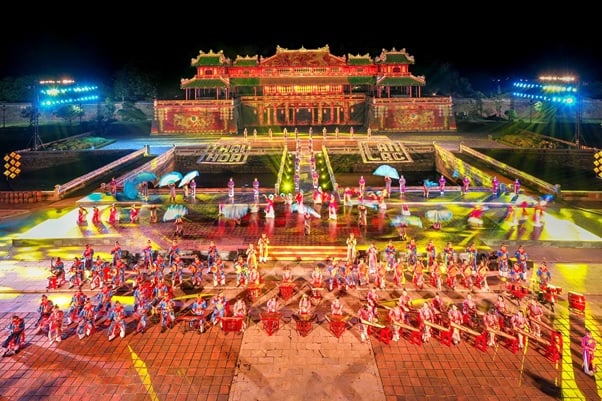

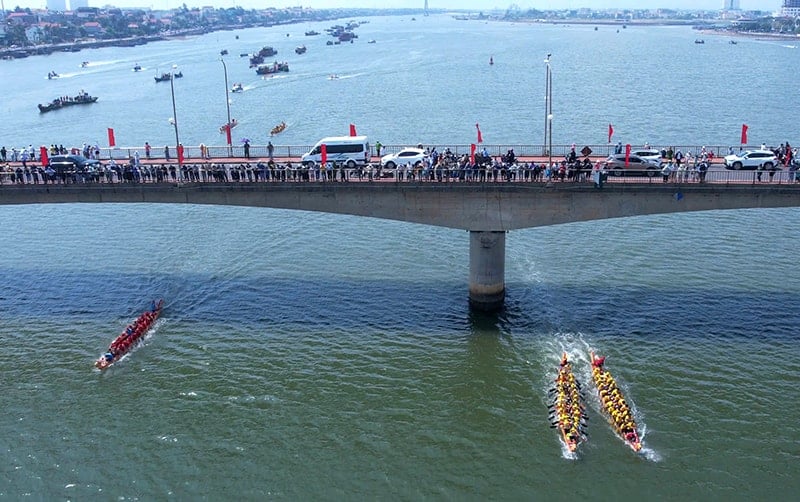

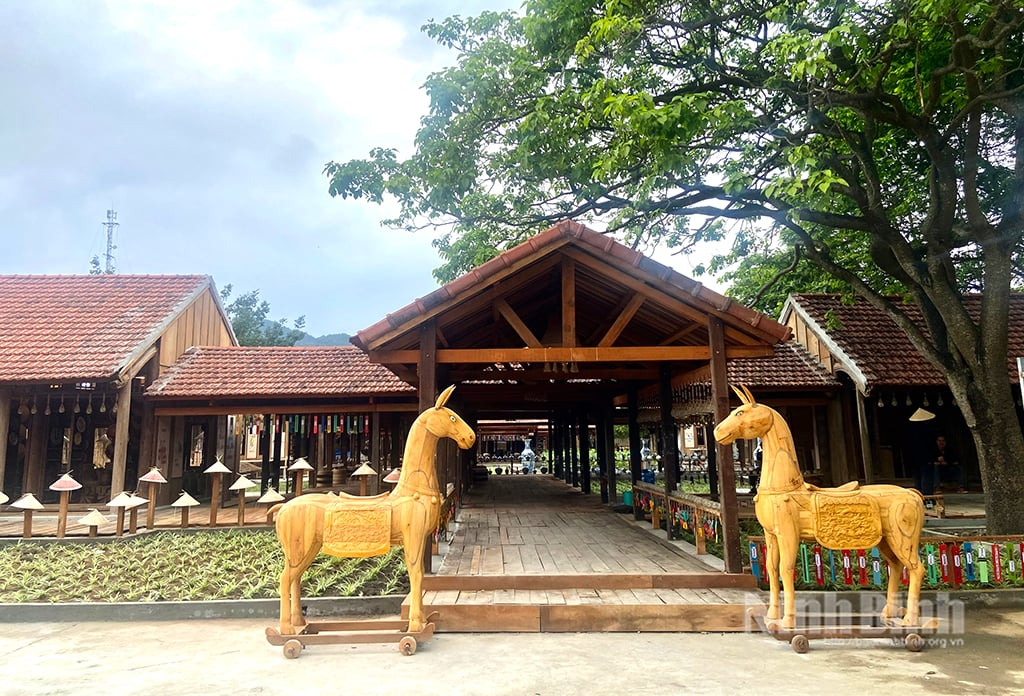

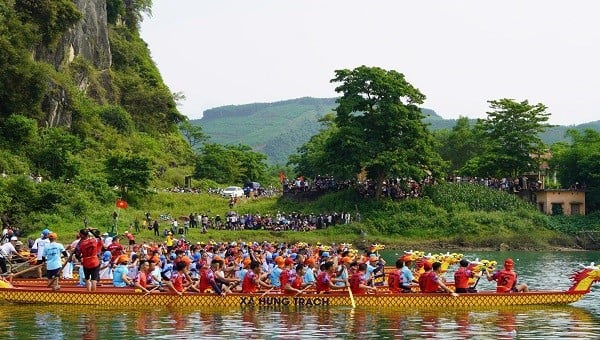

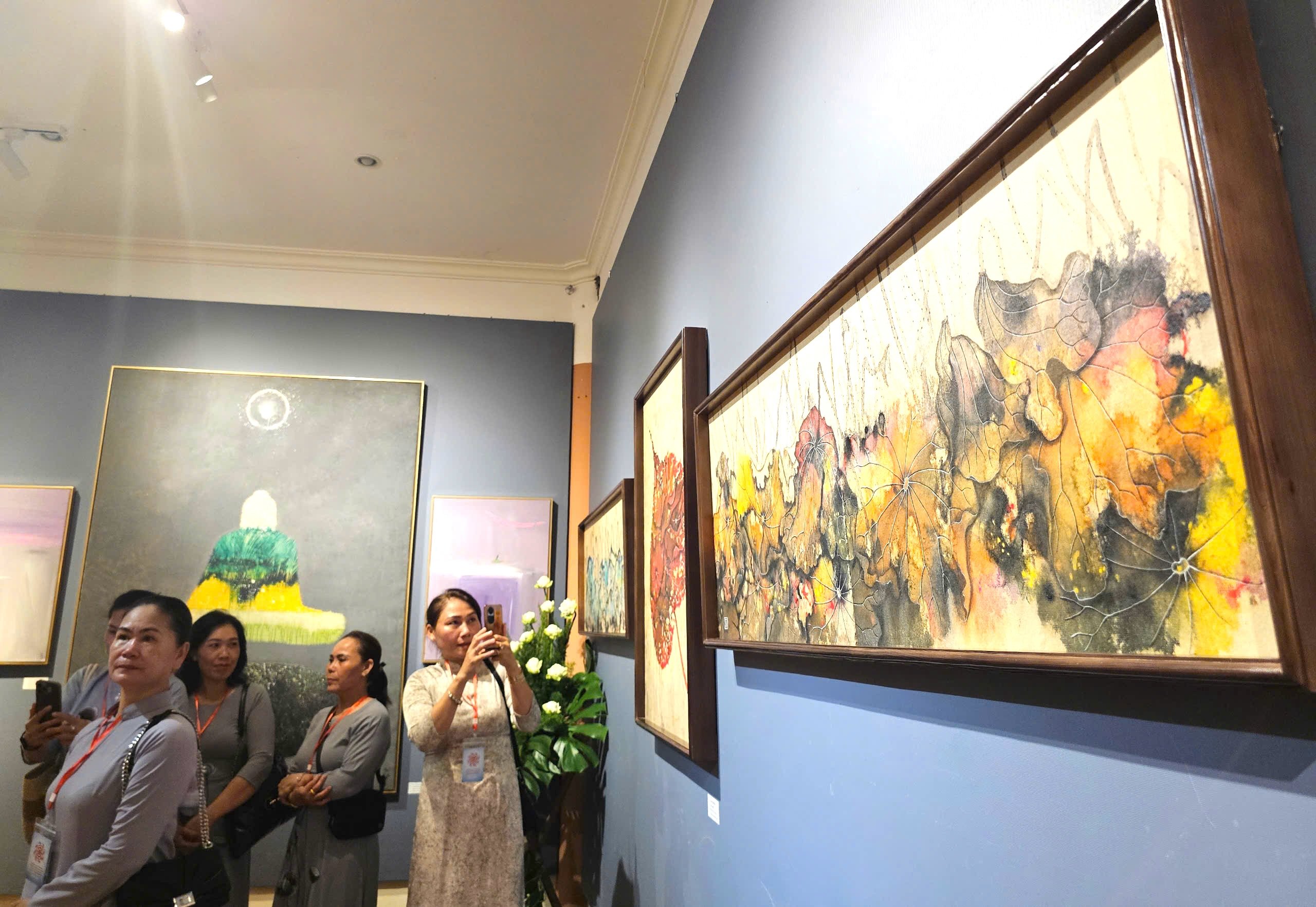

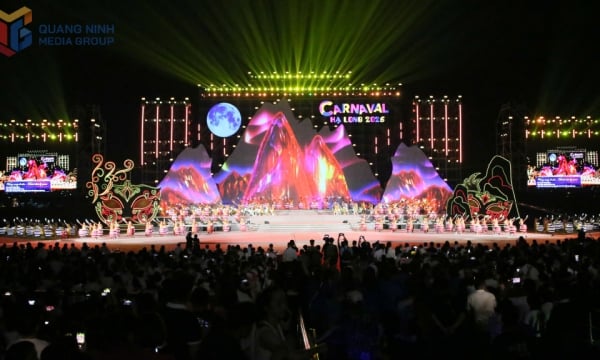

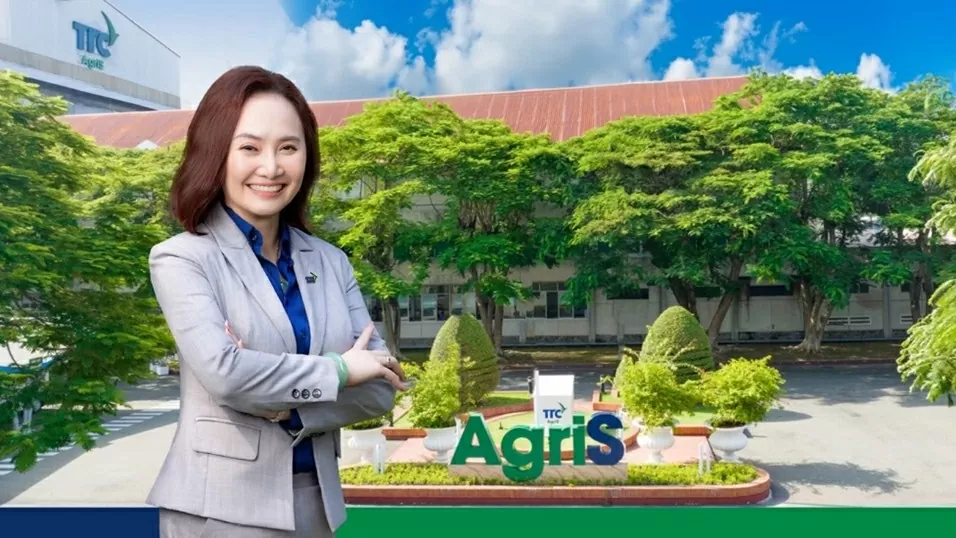



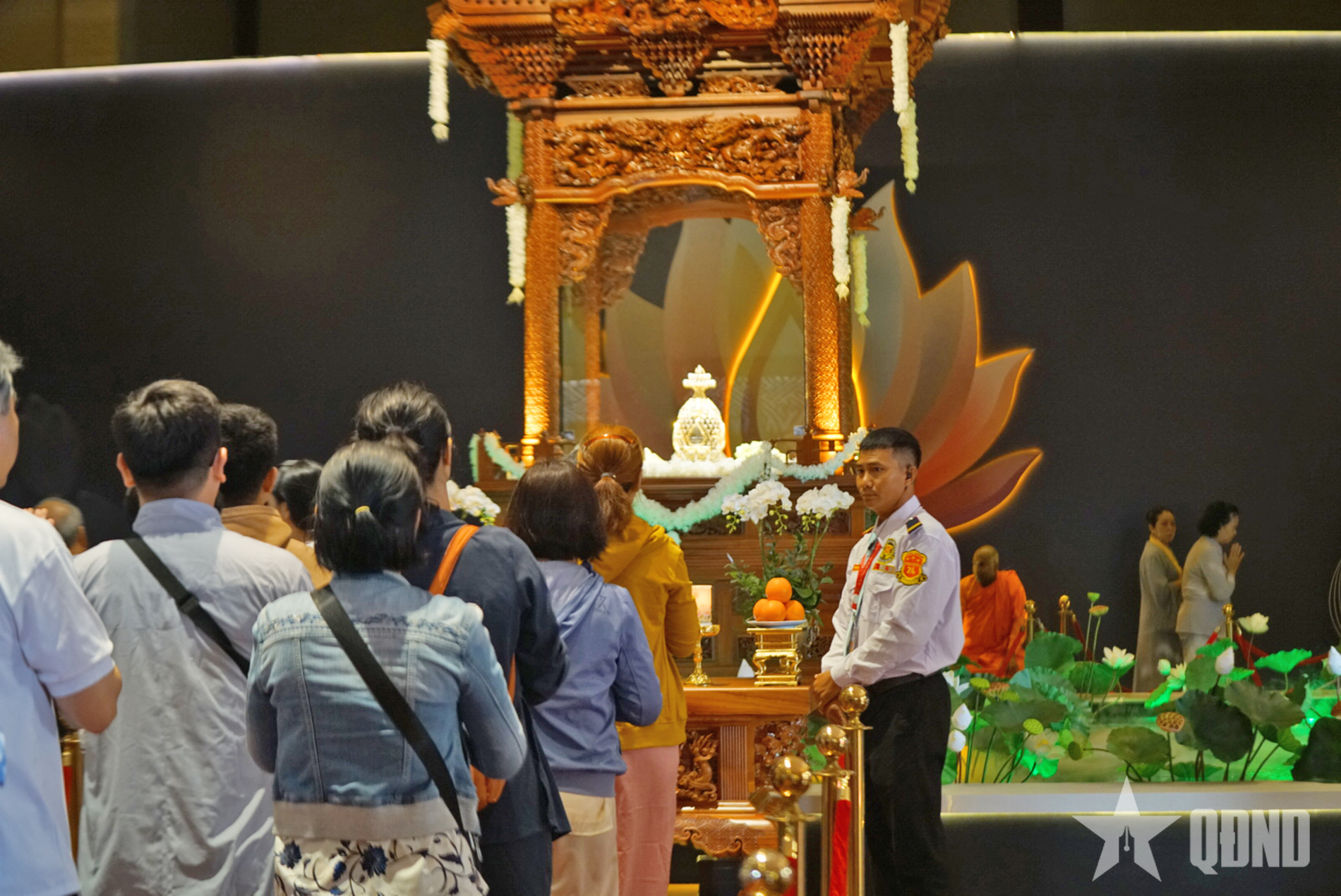

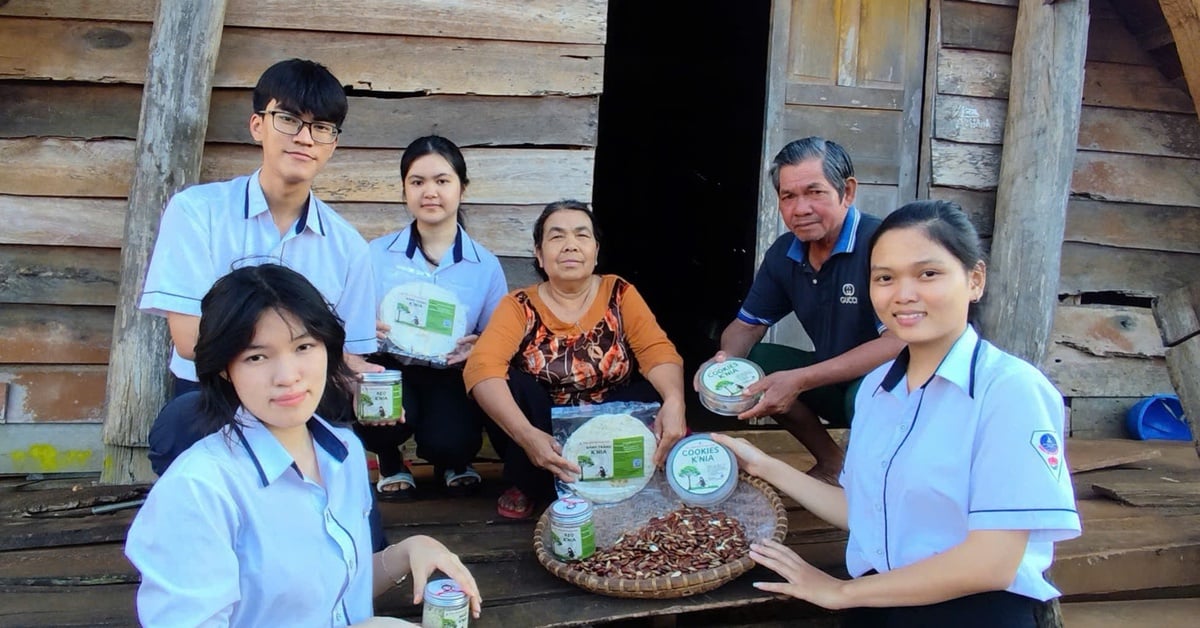






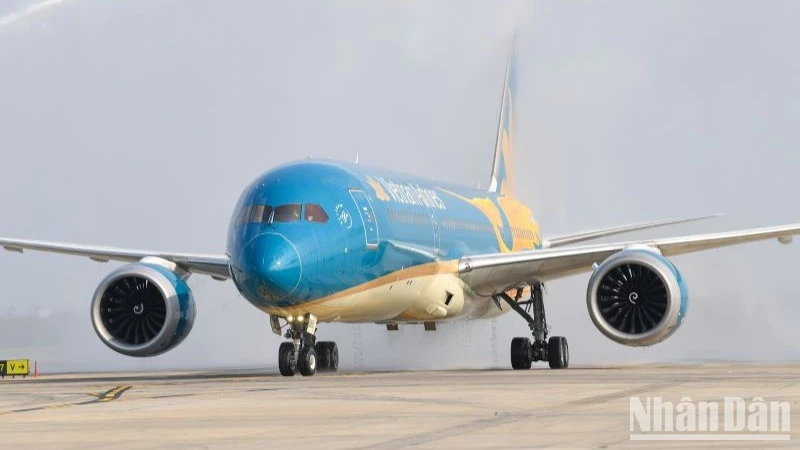
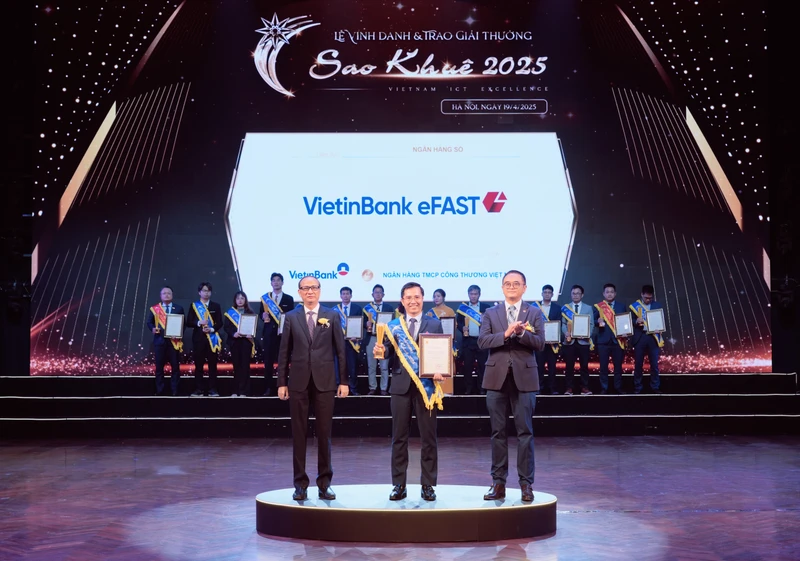
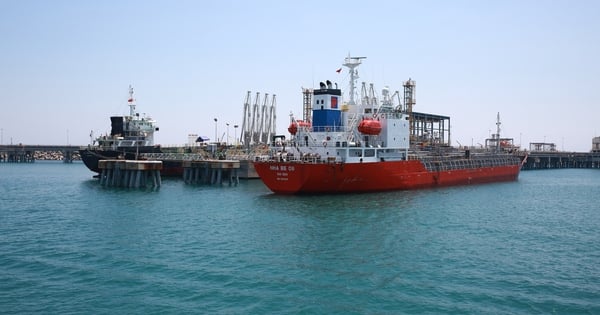


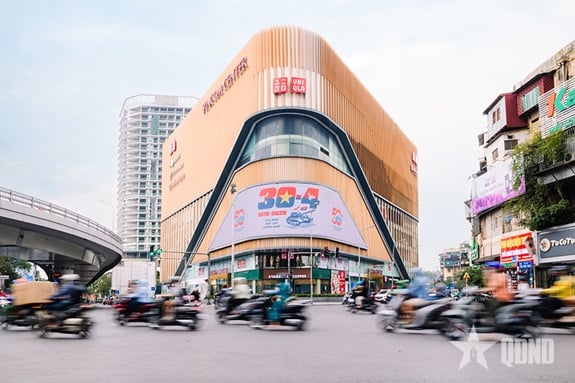
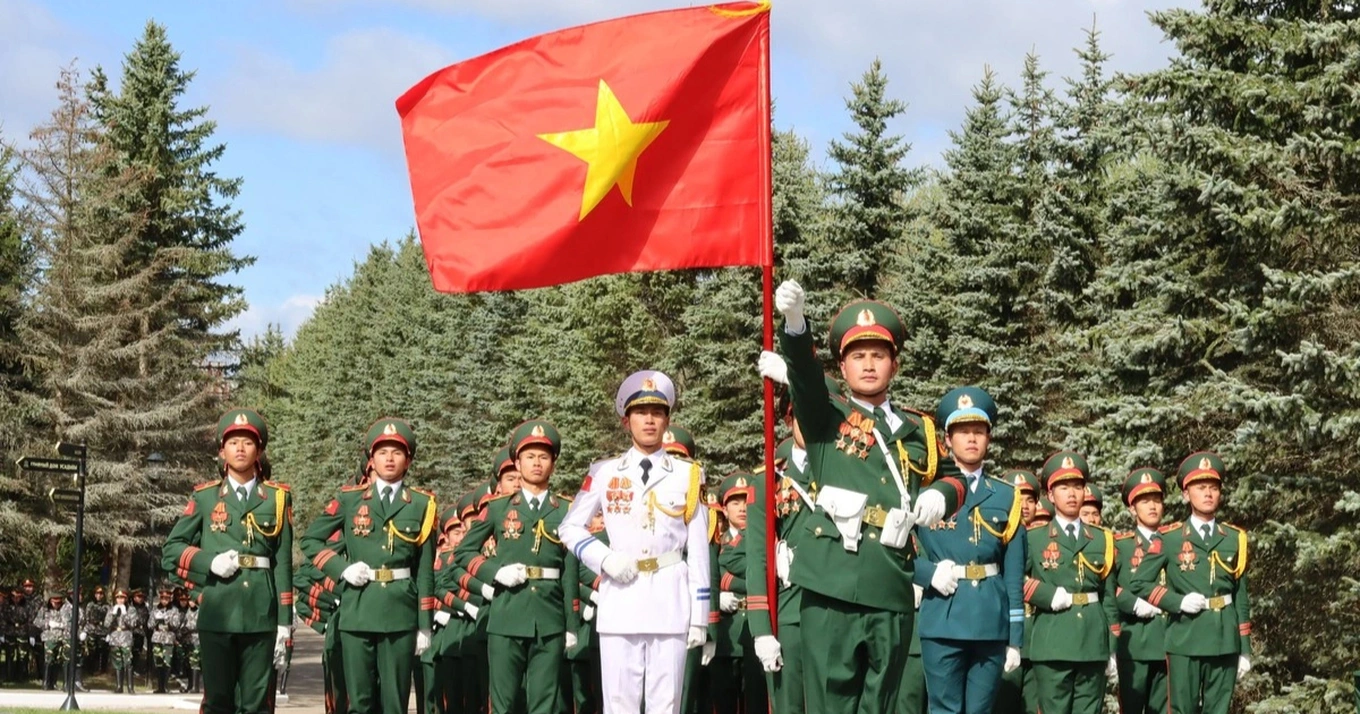

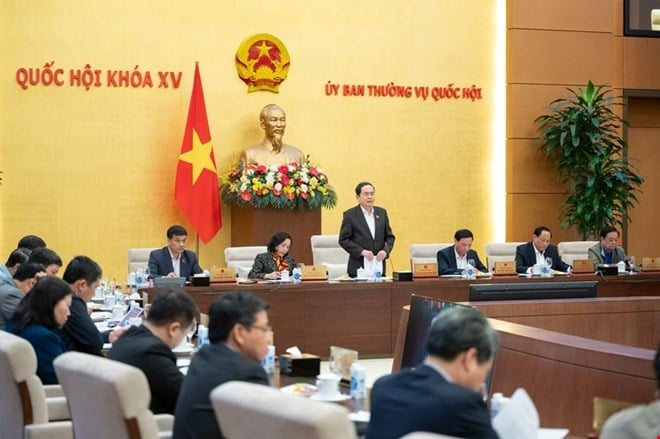
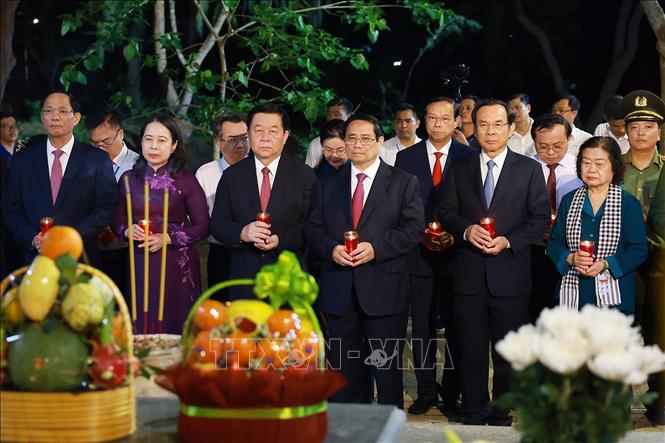

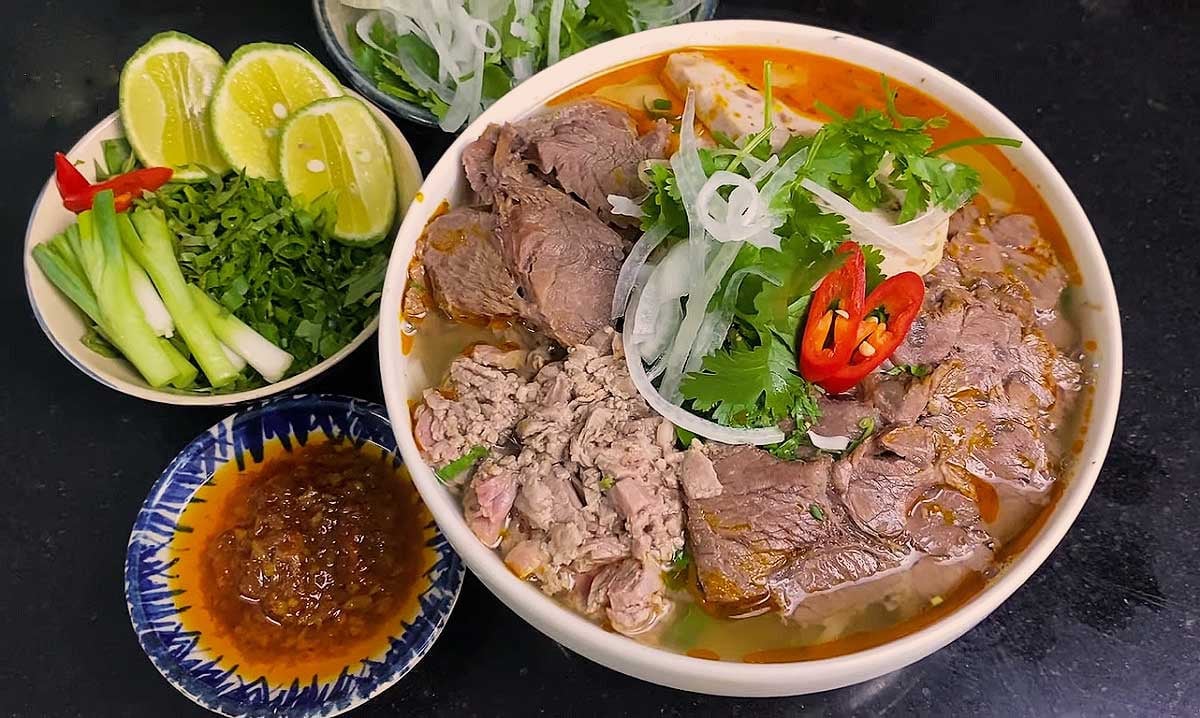


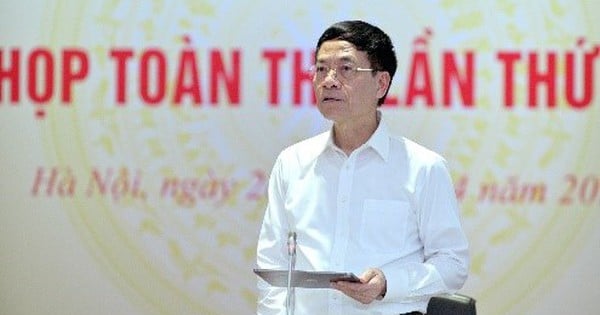

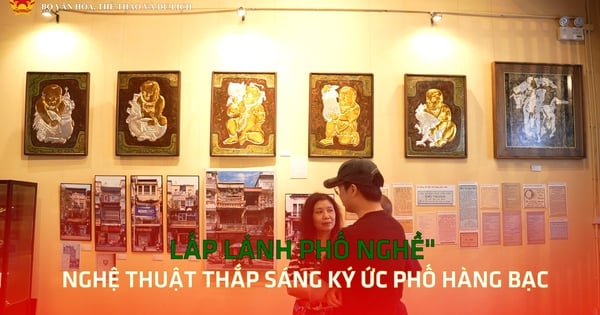

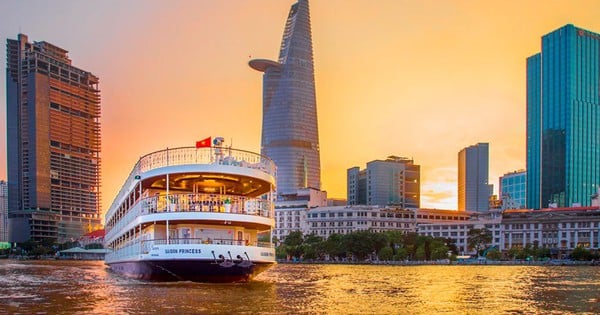
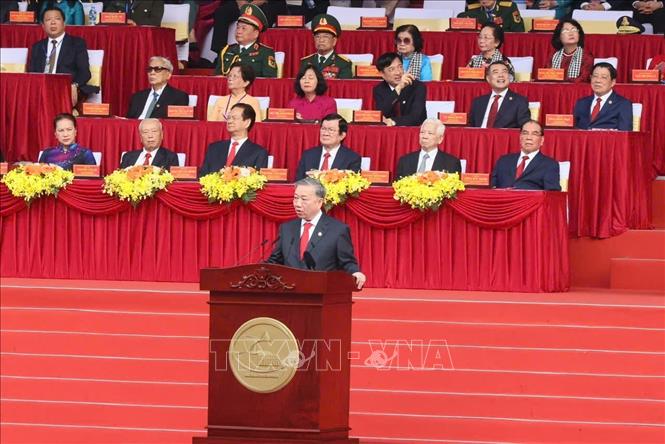

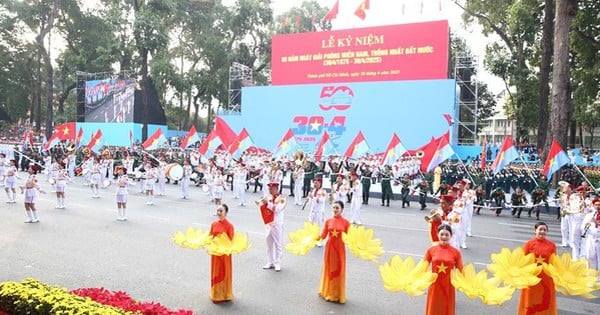
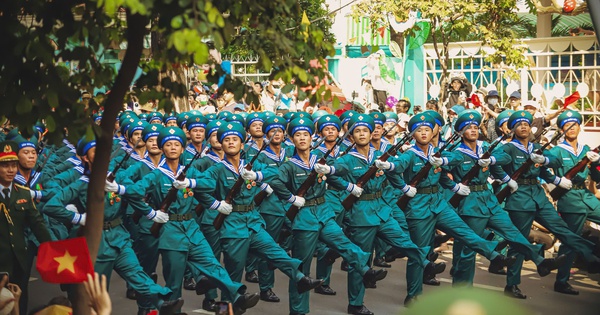
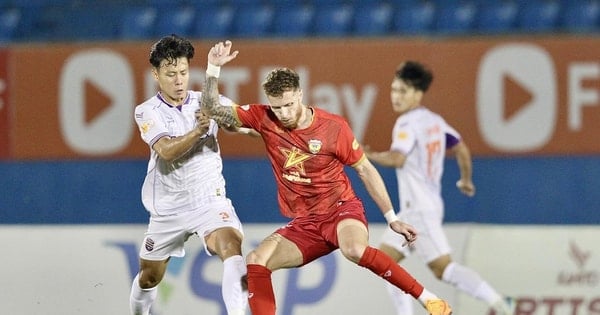




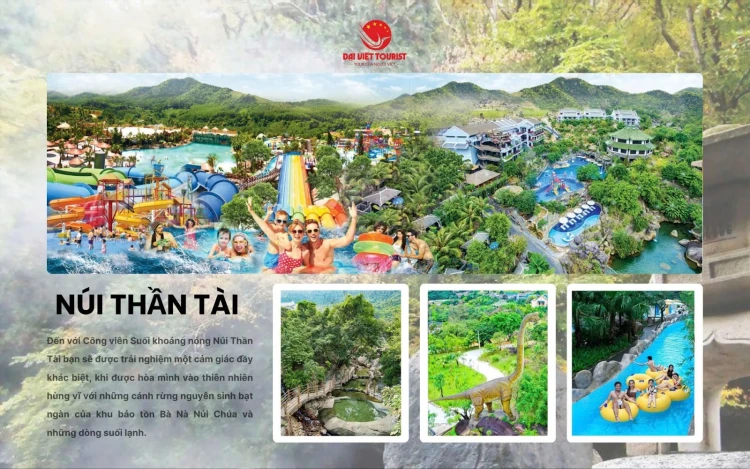

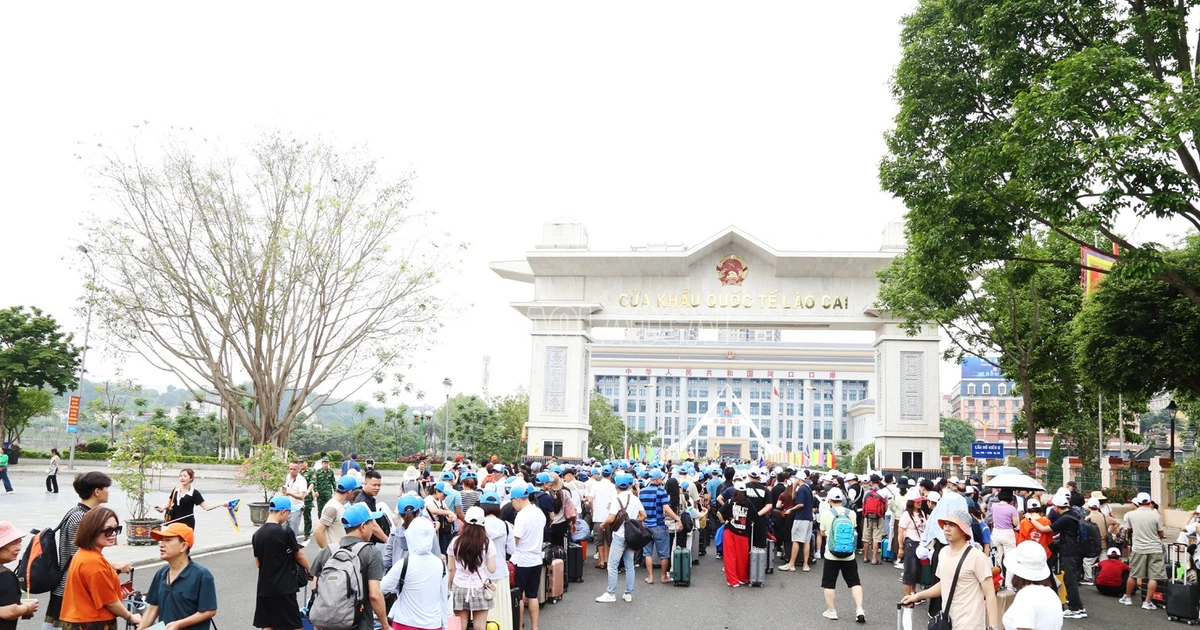





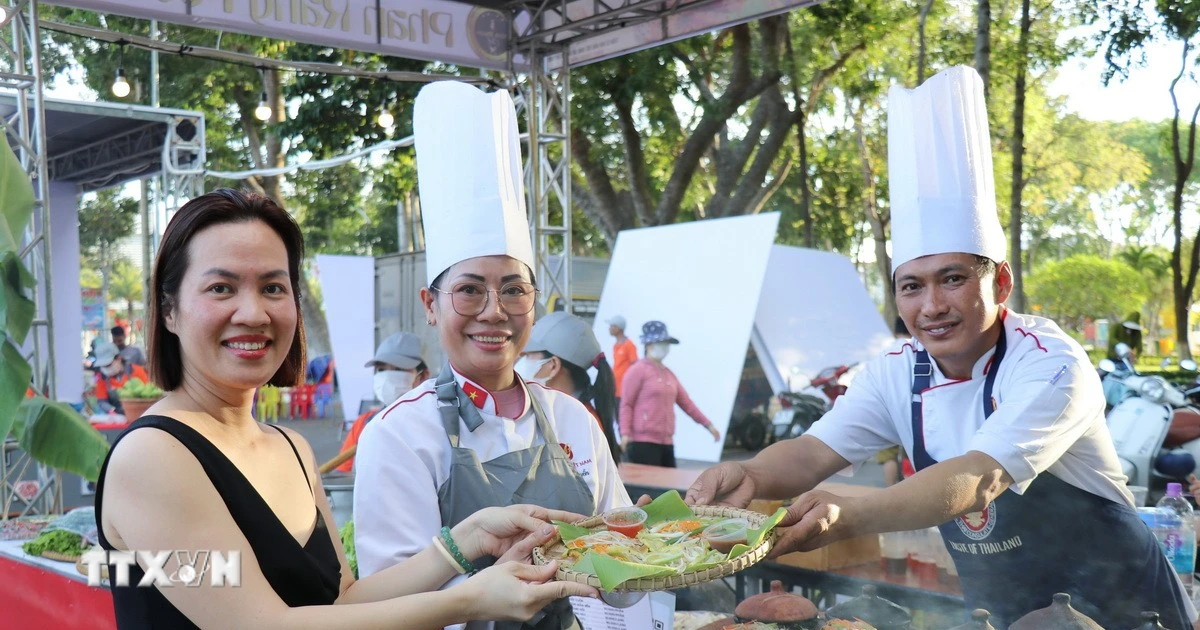

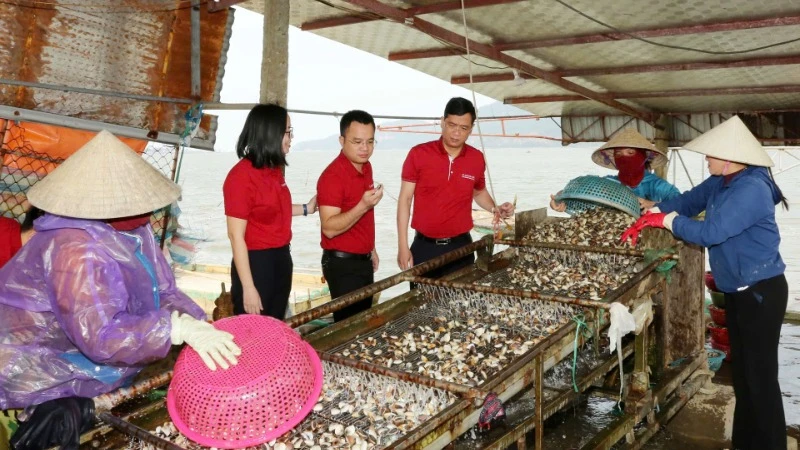
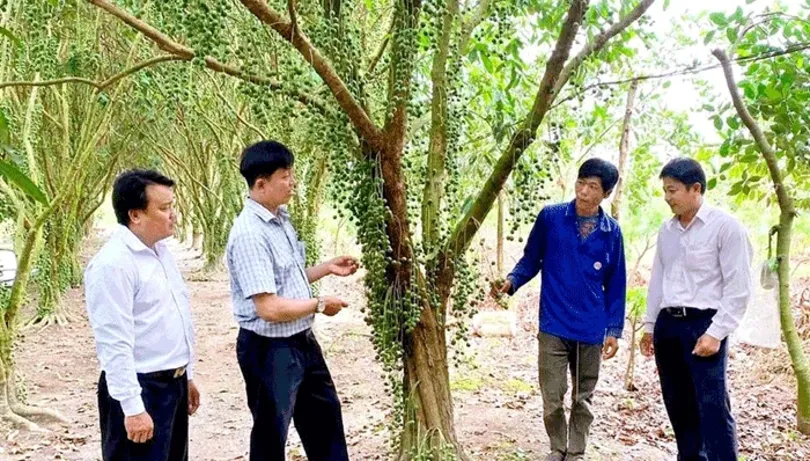

Comment (0)